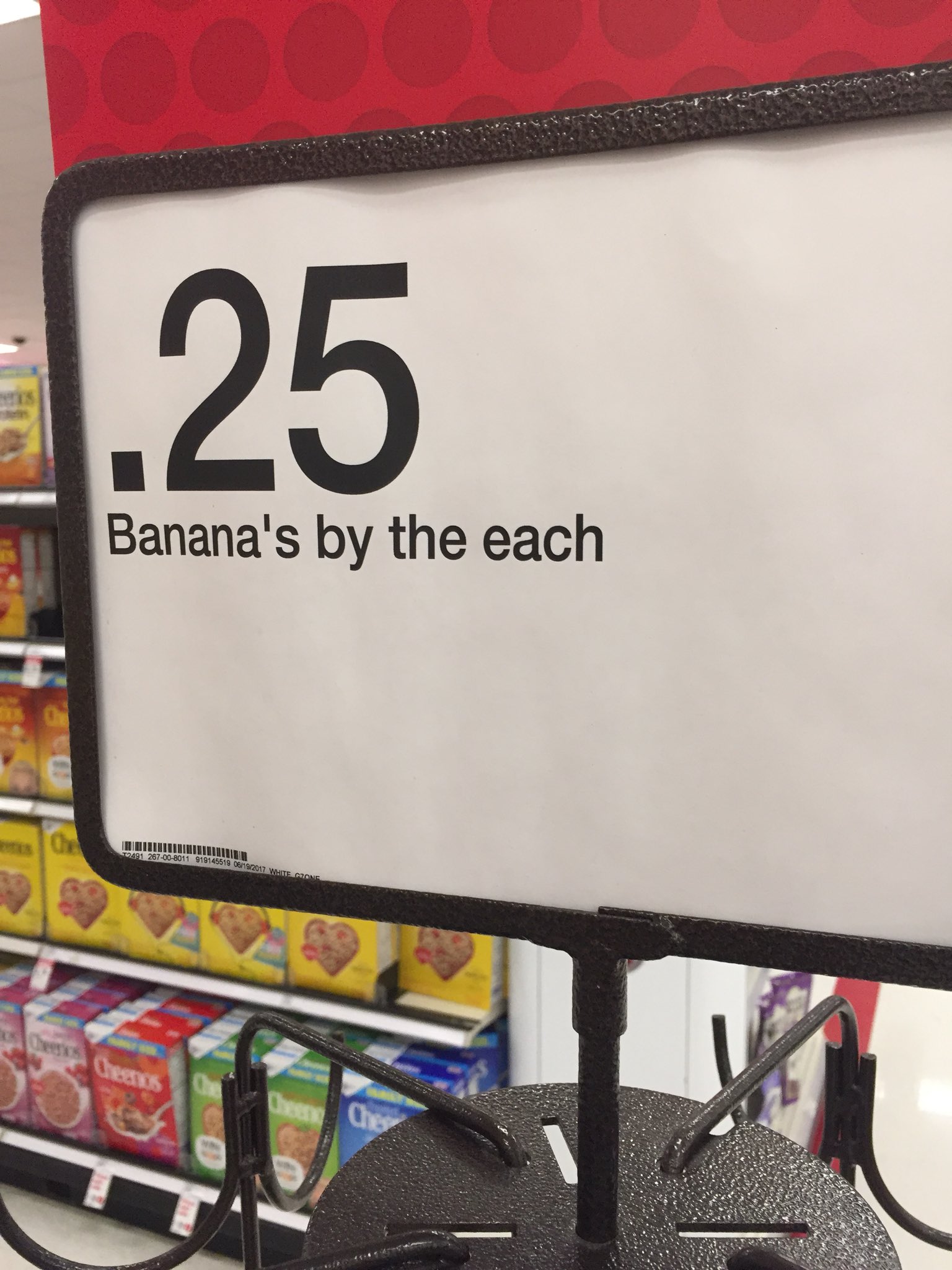A few days ago, I chanced on readings of James Joyce's Portrait of the Artist as a Young Man, broadcast on BBC Radio 4.
 In Paris, 1924. Portrait by Patrick Tuohy.
http://www.bbc.co.uk/programmes/b09rx6hl
In Paris, 1924. Portrait by Patrick Tuohy.
http://www.bbc.co.uk/programmes/b09rx6hl
Of course, who hasn't heard of Joyce and his canon of work, but like many, I'd not read more than a few what seemed to me obscure lines. The closest to Joyce I ever came was reading Dylan Thomas's Portrait of the Artist as a Young Dog.
The readings - wonderfully read by Andrew Scott - although abridged into ten 15 minute readings, the writing, the language, the content are quite astonishing (yes, I know, I am very late to this party), and I am captivated. I immediately ordered hard copy of the book as well as Ulysses, and The Dubliners (which hasn't arrived yet).

Last year I read Eimear McBride's astounding novel
Something about these two writers resonated; their use of stream of consciousness and interior monologues and references the the character's 'psychic reality rather than his external surroundings'. Inspired is probably too grandiose term but I can feel their energy eating away at me, deep inside, and if that sounds a little dramatic, tough, because it is exactly how I feel. After years of corralling my writing into a style (not that I have found 'a style') which I was convinced was correct or commercial (it's definitely not) or readable, more clever (to me only) or accessible, I am on the edge of understanding the truth in the sagest writing advice, that a writer should be true to his/herself, not mold their words to the accepted norms, because there are an awful lot of accepted norms out there. Why bother if you can't bring another way of looking, feeling, writing?
But, to be free takes effort and even if it is shit, it will be my shit. I feel like those animals kept captive and caged who have the door swung open and they hesitate, unable to rush out into the light.
Watch the link below and check from about 50 seconds in - this is me.
https://www.youtube.com/watch?v=ExEjXLMd4VA















 This is how I should write.
This is how I should write.




